Take photographs of interior architecture can be difficult to obtain simply. Here are six tips to help you have more success with this type of photography.
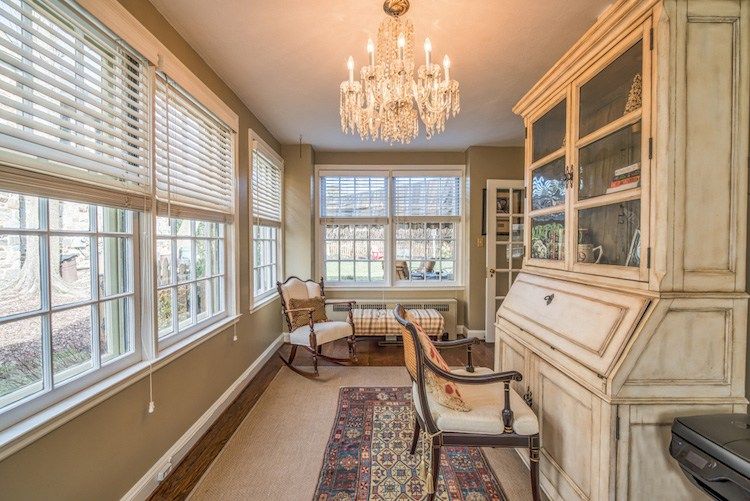
Focal length 21mm, f / 11, ISO 100, 1 / 200th. A flash off camera used.
- Always use a tripod
There are two main reasons for which you want to always use a tripod for photography of architecture.
First of all, a tripod stabilize perfectly your configuration of the camera / objective, which mitigates any possibility of motion blur during the manual socket of the camera. In addition, if you are on a tripod, it is much easier for you to ensure that your camera is at the level (I will discuss the importance of a camera of level later in this article).
Secondly, there is no good reason not to use a tripod (I am the general rule according to which, unless there is a good reason for not having a tripod, I always uses a). If you follow the topics requiring a fast movement and a redial, a tripod would be an obstacle. But, for the architectural photography, your composition will be always friendly and always for you, which gives you all the time in the world to adjust the shooting right. The ideal situation for a tripod.
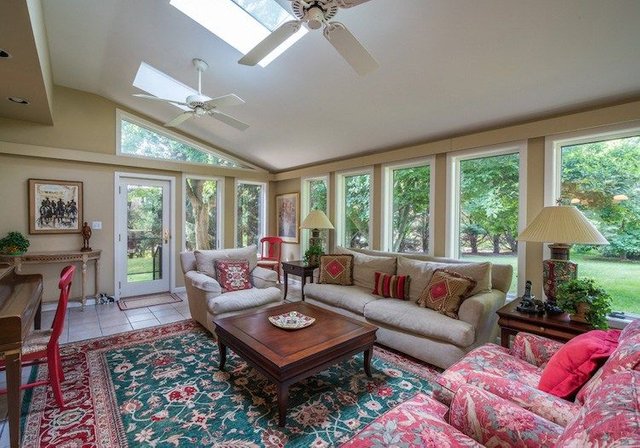
Focal length of 21mm, f / 11, ISO 100, 1 / 120th. A flash off camera used.
- to the extent possible, use a flash
if you pull a piece to the inside without flash, you can often get shadows dispersed in the room. The use of a flash for the interior architecture will help to balance the exposure on the whole of the Framework.
It is thus that I usually uses a flash. Turn on the flash on a tripod or a bracket, and place a few meters of the camera (on each side of the camera if you use two flashes for larger parts), and a foot or behind the camera. Aim the flashes of so that they indicate the ceiling, but also slightly away from the exhibit that you turn. In this angle, the light of the lightning will enlighten indirectly the room (i.e. bouncing on the ceiling and the walls), creating a soft light and uniform for the exhibit that you shoot. Adjust the manually flashes to mid-power (A stop below the total power) and turn off!

It was a sudden tricky because my flash thought out of Windows, regardless of where I positioned. Thus, I have taken two shots (one with flash and one without) and hide together in Photoshop. The windows that you see in this image from the shooting without flash, while the rest of the piece comes from the flash with the flash.
- When making the views of rooms entire, you do not let too wide
When I started to take pictures practices of the architectural photography, I used the greatest visual angle to be able to measure the entire parts. I thought that, with an objective ultra wide , I could get more space in the framework. But more is not always better. I quickly noticed the high level of distortion toward the edges of the framework, in particular in smaller parts where the edges of the Framework were at large angles of the camera.
Therefore, I have experimented with different focal lengths and I arrived at the conclusion that between 21mm and 28mm offers you the balance the more practice between a limited distortion and a sufficiently broad framework to capture the character and the presence of the scene. The Lenses ultra wide (i.e., 14 mm or 15 mm) will make the sides of the frame surprised and out of the horizontal plane, even if they are corrected after the production .
If you are in a situation where 21 mm does not catch not enough scene, a panorama is always an option - which continues well into the next tip:
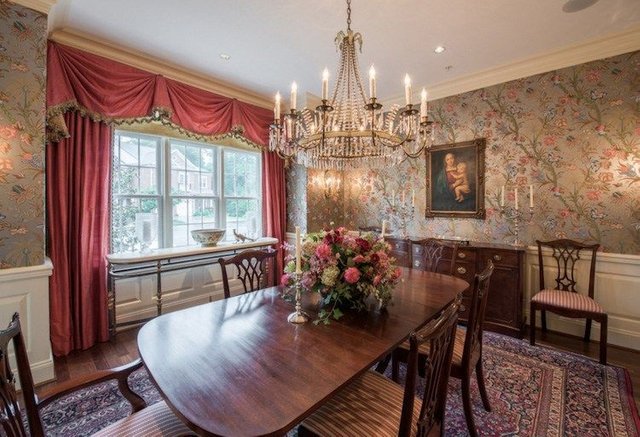
It was a piece extremely dark, even with all the lights on. As well, as the previous image, I stacked two shots: the a presentation for the exhibit, the other exposed to windows and the Handset in Photoshop.
- try of the panoramas for firing ultra-large
Set your camera vertically on the tripod (which creates a Pano greater). Then, by ensuring that you adequately chevautissez the scene in each outlet of view, do your best to ensure that the camera rotates on a horizontal plane perfectly flat, the Pivot Point being approximately where the objective meets the camera.
If the pivot point is too far advanced toward the front (i.e. somewhere on the objective), or too far toward the rear (that is to say on the body of the camera), the panorama will appear distorted. For example, in the image below, the pivot point was on the body of the camera (behind the ideal place where the objective meets the camera). Accordingly, the PANORAMA has a sort of distortion strange convex.
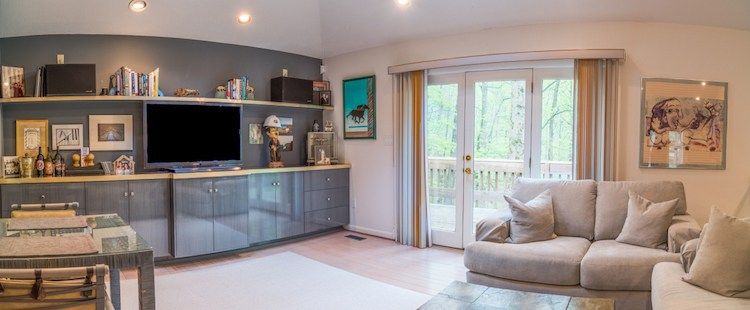
It is a panorama of seven images. See how artificially "rounded up" the walls are? This will occur when taking a picture of a Panorama If your camera / objective is not located correctly on the tripod.
- to the extent possible, try to pull on one or two walls
Two wall outlets generally give the viewer the image from the most geometrically pleasant to see. When three (or more) walls are introduced, photography can have a tendency to appear somewhat embarrassing if you do not pay attention to the composition.
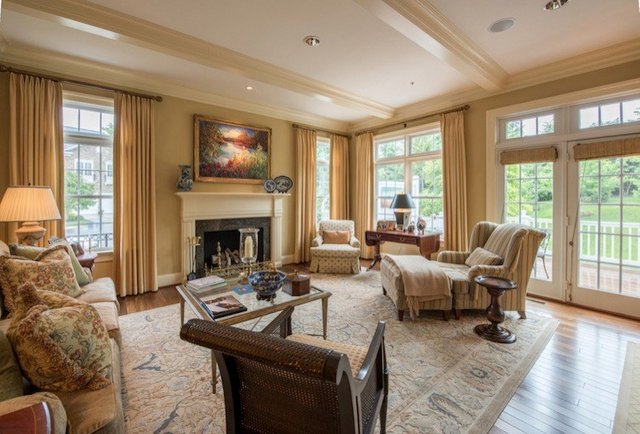
Focal length of 21mm, f / 11, ISO 100, 1 / 120th. A flash off camera used.
The Tir above is a generic scene to two walls, the walls that meet at an angle standard of 90 degrees. The image below is the same room, except that I have saved several feet to include intentionally The third wall on the left edge of the Framework.
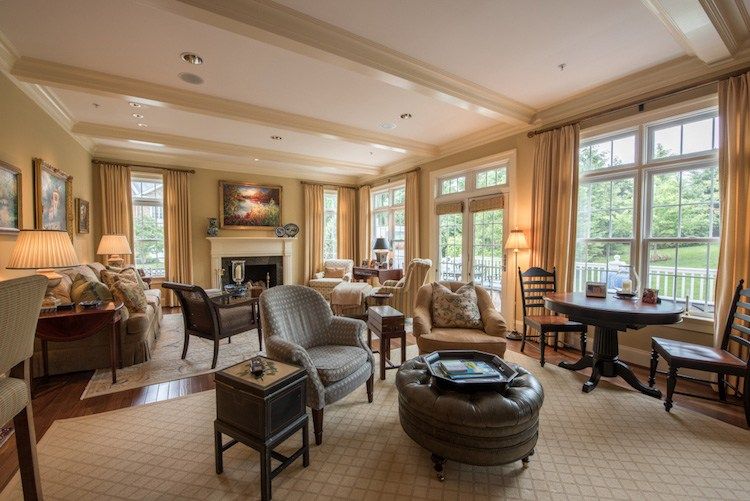
The "third wall" on the left side of this plan creates a scene non natural and visually unpleasant.
I do not know for you, but for me, the photo above seems disturbing and désorientante due to the third wall on the left. All this has said, just as the rule of thirds may occasionally be broken to operate a photo, sometimes, obtain three walls in the TIR is correct - provided that everything is aligned geometrically.
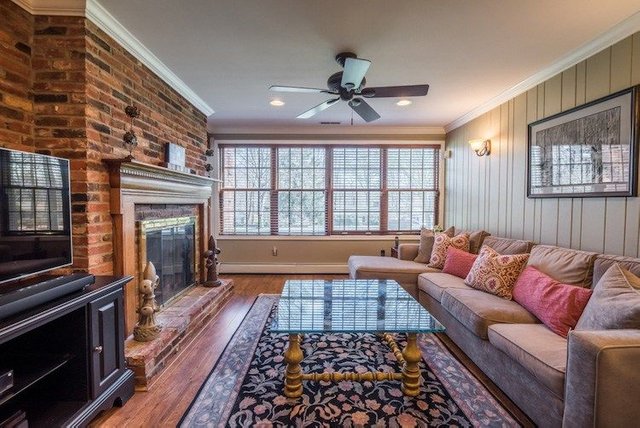
A shooting at three walls properly aligned. Focal length 21mm, f / 11, ISO 100, 1 / 200th.
- Make Sure That Your camera is perfectly at the level
Finally, but certainly not the least, you will want to make sure that your camera is not tilted toward the top or bottom, or tilted to the left or to the right. To do this, even slightly, it will require a cleaning after the production. Here is an example of what I am talking about:
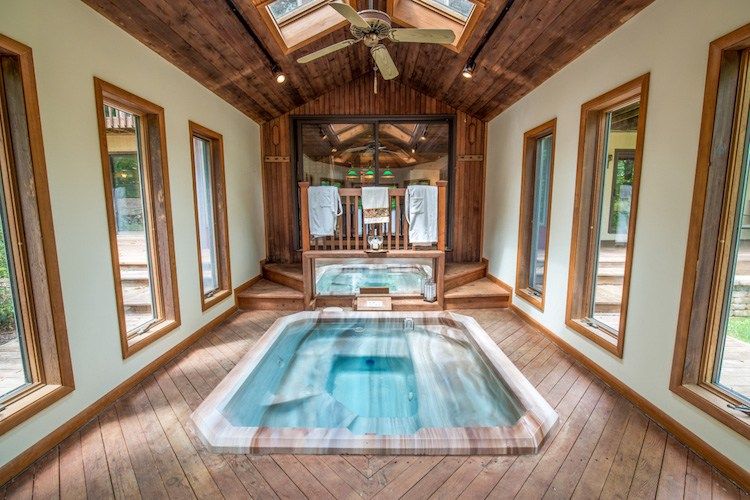
In this coup, the camera / lens has not been at the level of the tripod. They were slightly tilted toward the ground, creating artificially walls are sloped.
See how the windows are inclined? Obviously, this is not an accurate representation of the room, it is the result of the tilt the camera slightly toward the bottom. Now, see what the difference is if we get the camera pleasant and level.
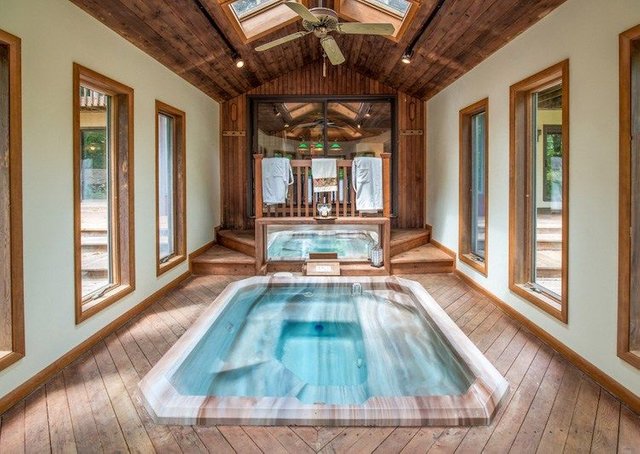
The camera / The objective are adjusted correctly on the tripod. Focal length 21mm, f / 8, ISO 100, 1 / 120th. No flash (this Exhibit had a lot of sunlight for the inform without artificial aid).
Be at level makes a huge difference. There are several ways to help you obtain a camera perfectly to the level when you compose your photo. Most of the Cameras have currently an integrated level, then, when you look at the viewfinder, there are lines on the screen of development that bow when the camera tilts. When these lines are level, you know that the camera is level.
You can also use a level of bubble that slides on the shoe of the camera . When the small bubble is centered, the camera is at the level. You can buy a level of bubble to warm shoes in any store of photographs for only a few dollars. I uses a level of bubble because they tend to be more accurate than the lines inside the viewfinder.
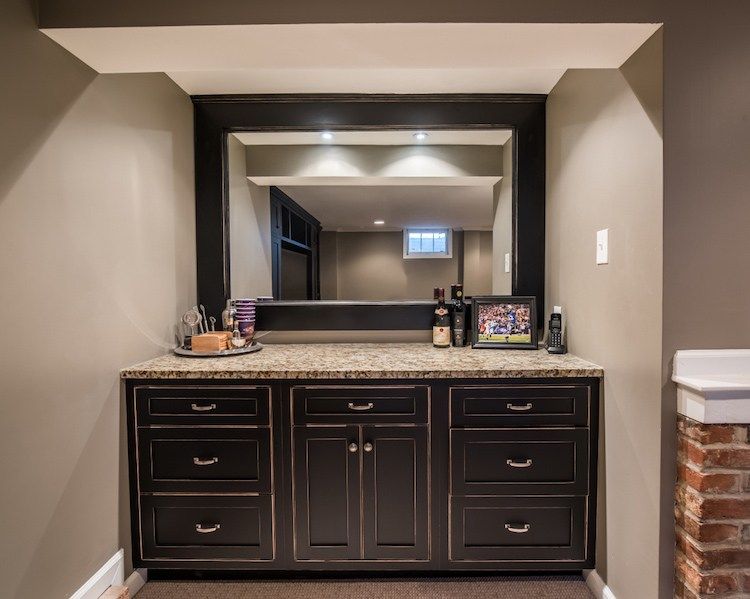
In this blow, I used Photoshop to remove the camera, the objective and the tripod, which were all reflected in the mirror. Sometimes, the shooting in a mirror is inevitable, and when you do, the cloning in Photoshop is a requirement.
Conclusion
As it is the case for any type of photography, the most important aspect of the success is to take your time and ensure that your composition and your exposure are exactly what you want. A good thing about architectural photography is that the composition and the subject did not move it never is therefore not necessary to precipitate the photo.
source : https://goo.gl/2R8c3op
Interesting
Downvoting a post can decrease pending rewards and make it less visible. Common reasons:
Submit
you welcome
follow me
Downvoting a post can decrease pending rewards and make it less visible. Common reasons:
Submit
Congratulations @bilal7! You have completed some achievement on Steemit and have been rewarded with new badge(s) :
Click on any badge to view your own Board of Honor on SteemitBoard.
For more information about SteemitBoard, click here
If you no longer want to receive notifications, reply to this comment with the word
STOPDownvoting a post can decrease pending rewards and make it less visible. Common reasons:
Submit